My laptop is unusable at present. So, rather than pass up an excuse to drink beer with Big Ron while discussing our shifting crimescape we will work on answering these two questions, for which I can easily jot the answers on my NSA notepad—seriously, I have an NSA notepad!
In 2-3 hours, I shall return to this desk, thinking more clearly I suppose, to fill out our answers.
Okay, it's five hours later, not 2-or 3 and I have no idea how come my slave girl is jealous of my visits with Big Ron...
What Did The Wire Get Right?
1. The occupation of vacant lots, lawns, trash strewn yards and other otherwise occupied space, by junked furniture, reclined on by unemployed drug dealers, was spot on.
2. The second season, in which the Sparrows Point shipyard was featured, was very authentic in tone and scope as far as the importance of this facility to the traditional white Baltimore community as well as the desperate tone of the bar life and associated crime.
3. The third season, in which Baltimore City Schools were profiled through the lens of a discharged BPD officer-turned school teacher, was so accurate that the executives in the school system panicked and suspected someone on the Board of Directors for acting as a consultant. As accurate as the setting was, the requisite information could have been had from any number of Baltimore City school teachers and students.
4. Big Ron and I agreed that the life story of Cutty, the drug gang thug-turned boxing coach, was authentic to the lives of certain people we have known and sympathetically portrayed in a realistic fashion.
What Did The Wire Get Wrong?
1. The Collegiate King Pin. Ghetto drug dealers, who have made millions, do not then go to a community college with the expressed purpose of training their legion of thugs in supply side economics and such capitalistic concepts as brand building. According to Ron, "That was wishful thinking on behalf of white liberals who want to think the best of their pets."
2. "True that," an iconic piece of dialogue meaning "I know that's right," which is what black Baltimorean's really say, has not been a a part of Baltimore street culture until well after the broadcast of The Wire. When heard today, it is from the lips of wannabe black youth who worship at the altar of The Wire.
3. Police corruption in The Wire was addressed as one anomalous case of two cops, who later go on the straight and narrow, taking a one-time dip in the drug cash pool to line their pockets, when in fact, police corruption in Baltimore is rampant, expansive and at all levels, not confined to tactical cops, and developing as a habit of graft, not as a one time lapse in judgment. .
4. The drug zone—I think in the third season—where drug dealers were left alone by the police to operate, was nothing but a "what if" implementation of genius mayor Kurt L. Schmoke's idea of decriminalizing drugs, which never actually happened.
In the meantime, if you are a Baltimoreon, what is your pick?
White in the Savage Night: A Politically Incorrect Life In Words: 2016
link › jameslafond.blogspot.com


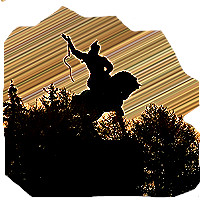
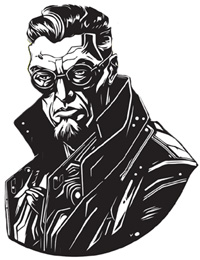
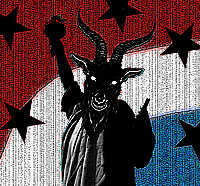

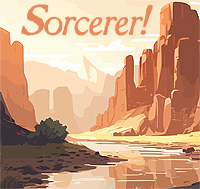
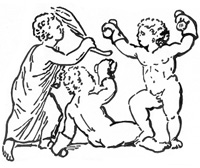
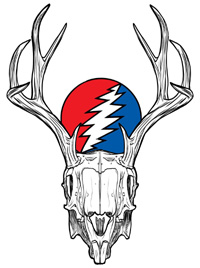
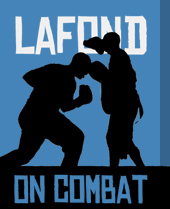

"I know that's right" reminded me of "Getcha mind right! (01:16, etc.). These blacks and the Muslim(?) giant are in the right mind-space. A good show of core strength and discipline.
youtube.com/watch?v=Vr863qmfdHA